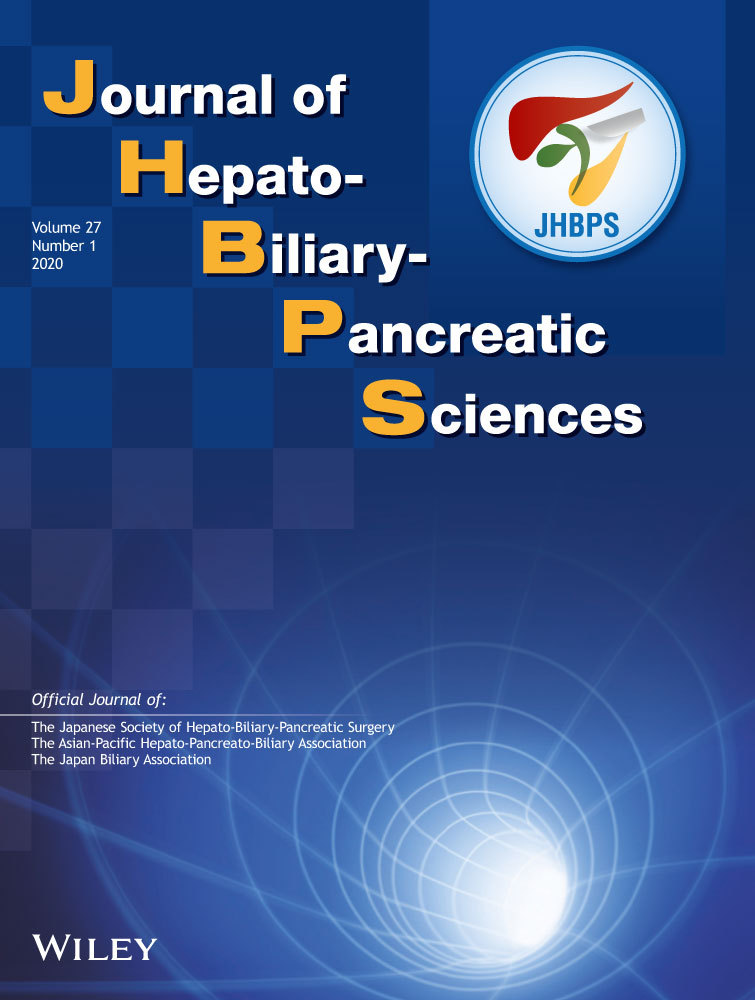Pure laparoscopic versus open hemihepatectomy: a critical assessment and realistic expectations – a propensity score-based analysis of right and left hemihepatectomies from nine European tertiary referral centers
Abstract
Introduction
A stronger evidence level is needed to confirm the benefits and limits of laparoscopic hemihepatectomies.
Methods
Laparoscopic and open hemihepatectomies from nine European referral centers were compared after propensity score matching (right and left hemihepatectomies separately, and benign and malignant diseases sub-analyses).
Results
Five hundred and forty-five laparoscopic hemihepatectomies were compared with 545 open. Laparoscopy was associated with reduced blood loss (P < 0.001), postoperative stay (P < 0.001) and minor morbidity (P = 0.002), supported by a lower Comprehensive Complication Index (CCI) (P = 0.035). Laparoscopic right hemihepatectomies were associated with lower ascites (P = 0.016), bile leak (P = 0.001) and wound infections (P = 0.009). Laparoscopic left hemihepatectomies exhibited a lower incidence of bile leak and cardiovascular complications (P = 0.024; P = 0.041), lower minor and major morbidity (P = 0.003; P = 0.044) and reduced CCI (P = 0.002). Laparoscopic major hepatectomies (LMH) for benign disease were associated with lower blood loss (P = 0.001) and bile leaks (P = 0.037) and shorter total stay (P < 0.001). LMH for malignancy were associated with lower blood loss (P < 0.001) and minor morbidity (P = 0.027) supported by a lower CCI (P = 0.021) and shorter stay (P < 0.001).
Conclusion
This multicenter study confirms some associated advantages of laparoscopic left and right hemihepatectomies in malignant and benign conditions highlighting the need for realistic expectations of the minimally invasive approach based on the resected hemiliver and the patients treated.
Conflict of interest
None declared.




